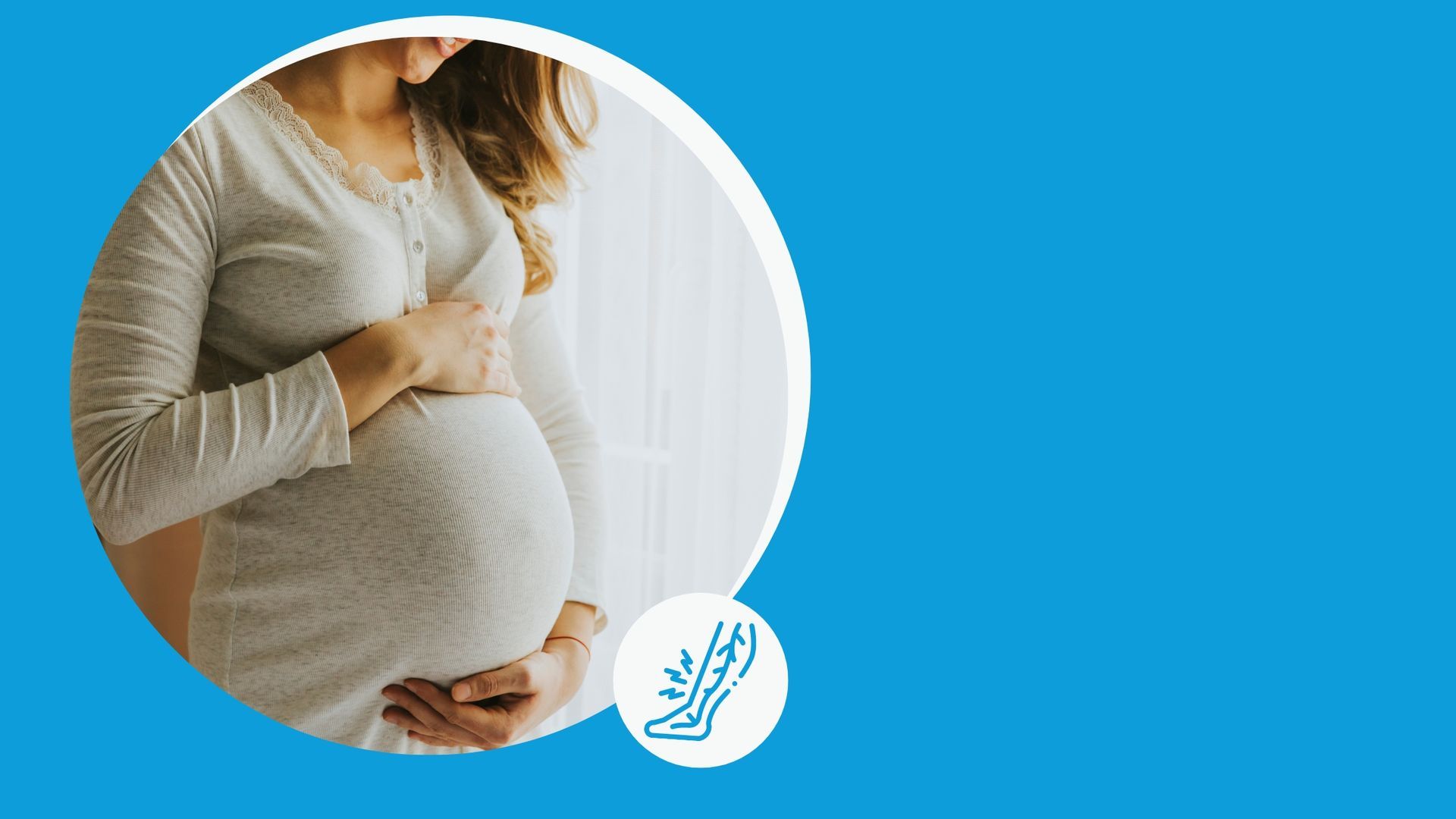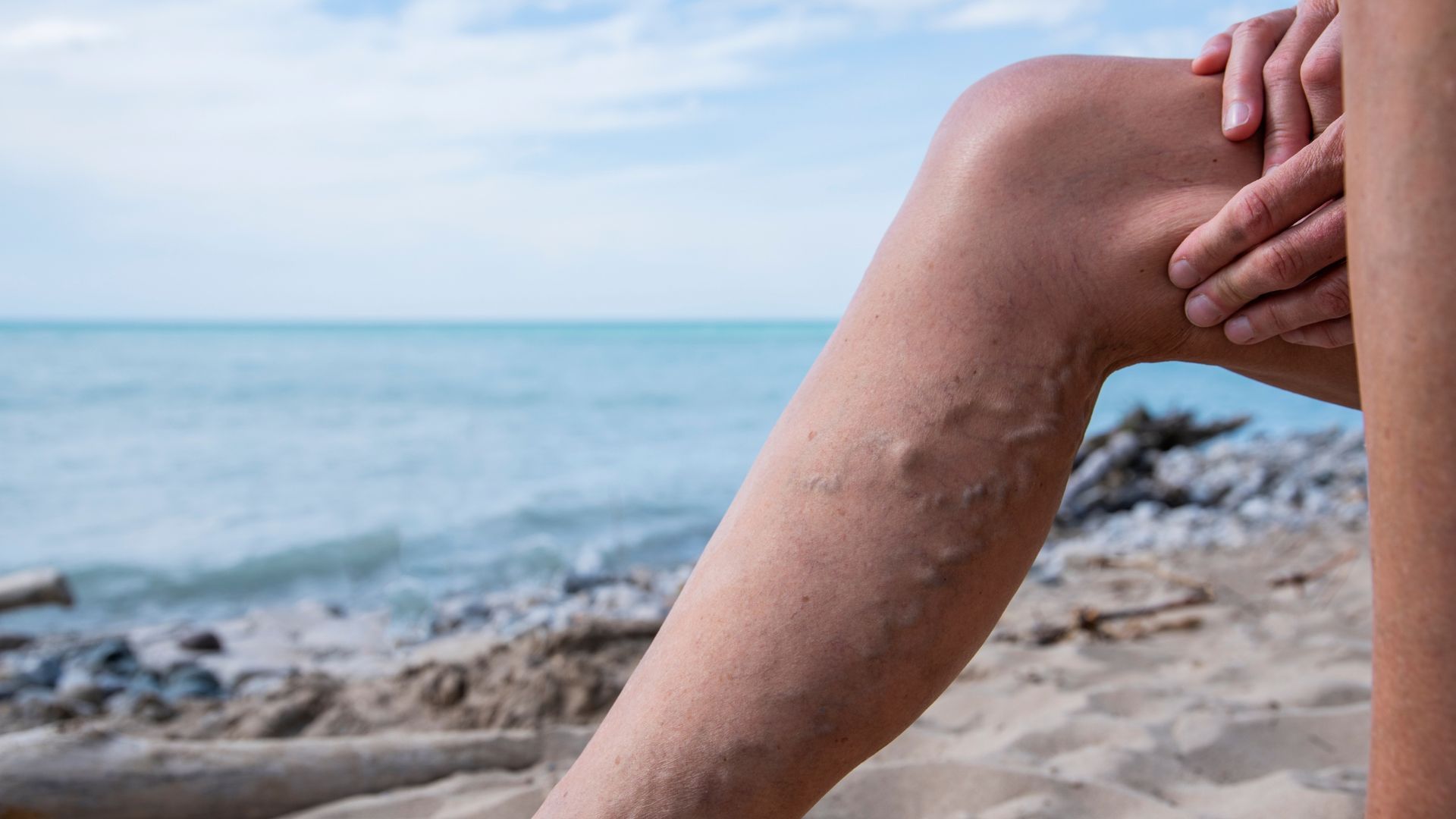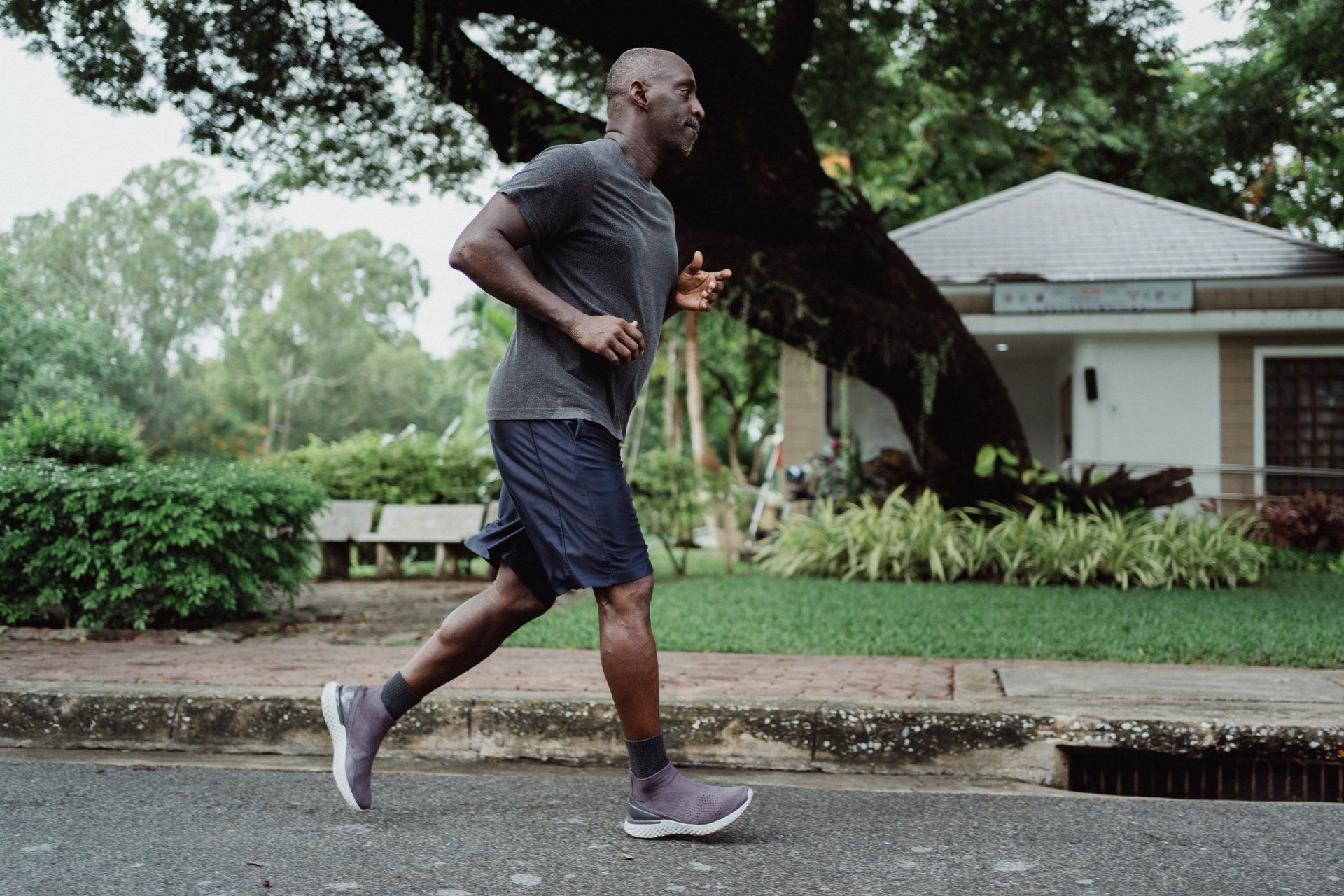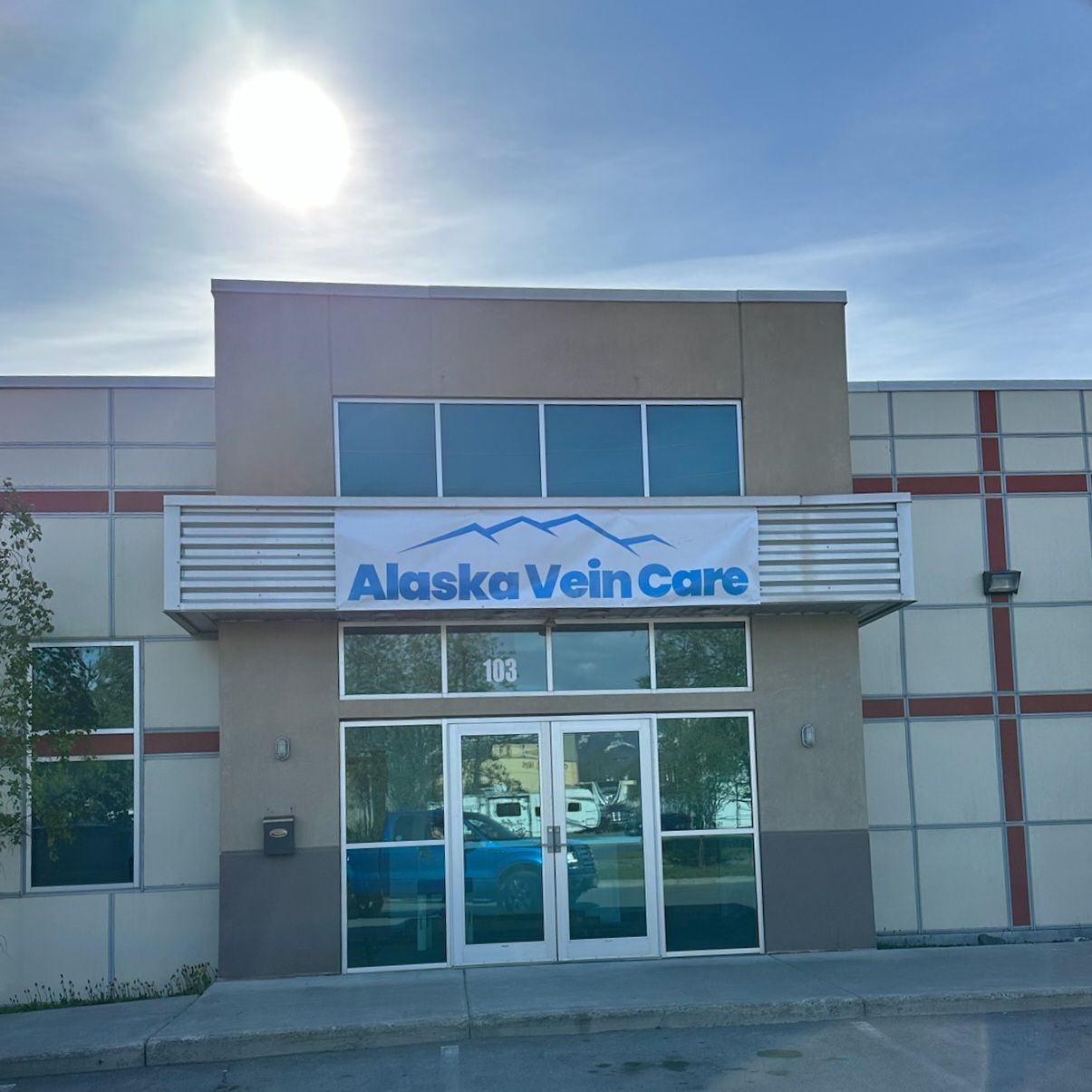Varicose Veins vs. Spider Veins: Understanding the Differences
How are varicose veins and spider veins different from each other?
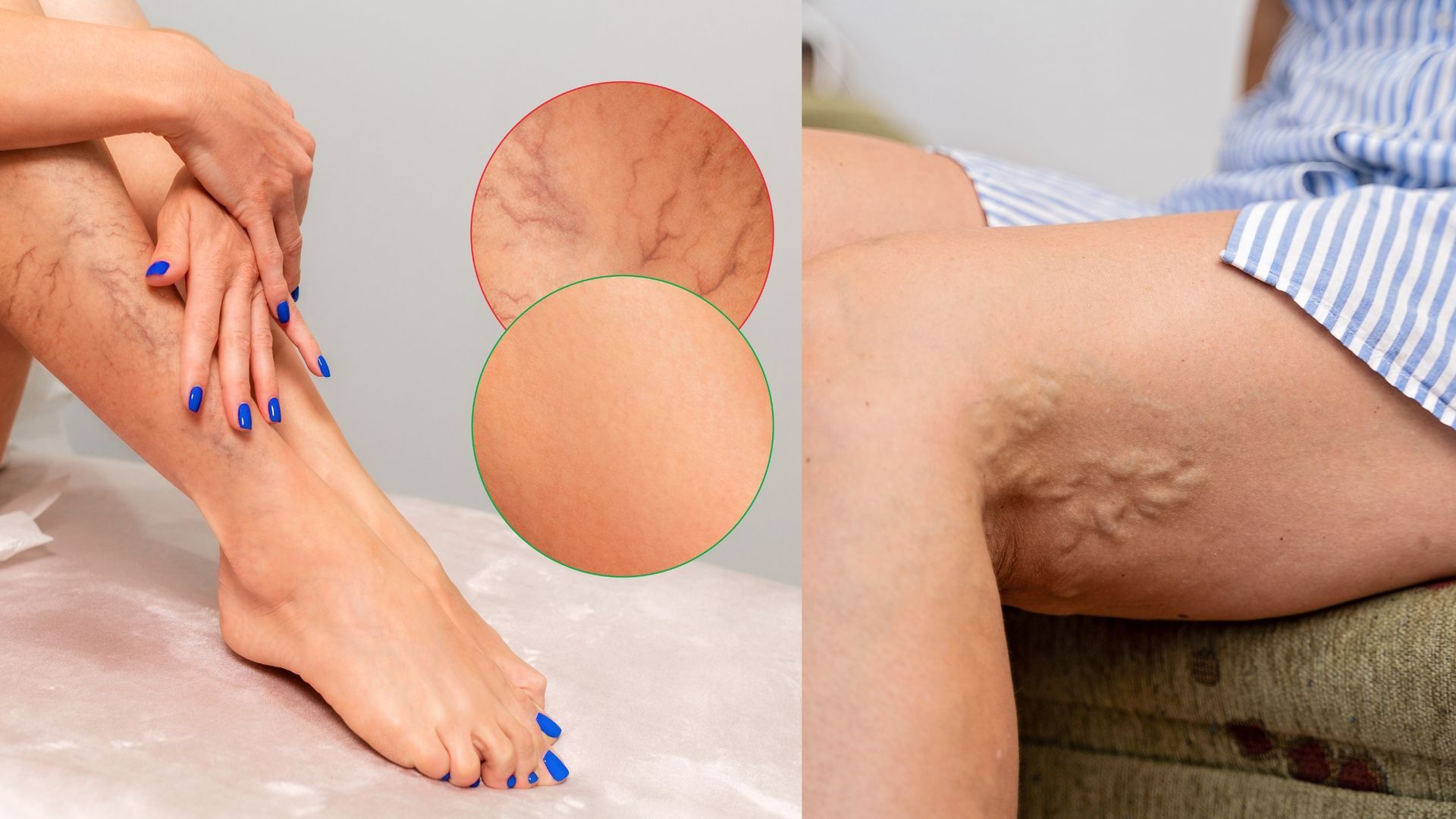
Varicose veins and spider veins are common venous issues that affect a significant number of individuals, often causing concerns about appearance and, in many cases, discomfort. While these two conditions share similarities, they also have distinct characteristics. Understanding the differences between them is crucial for accurate diagnosis and appropriate treatment. Let's look into the nuances of each to shed light on these vein issues.
Varicose Veins
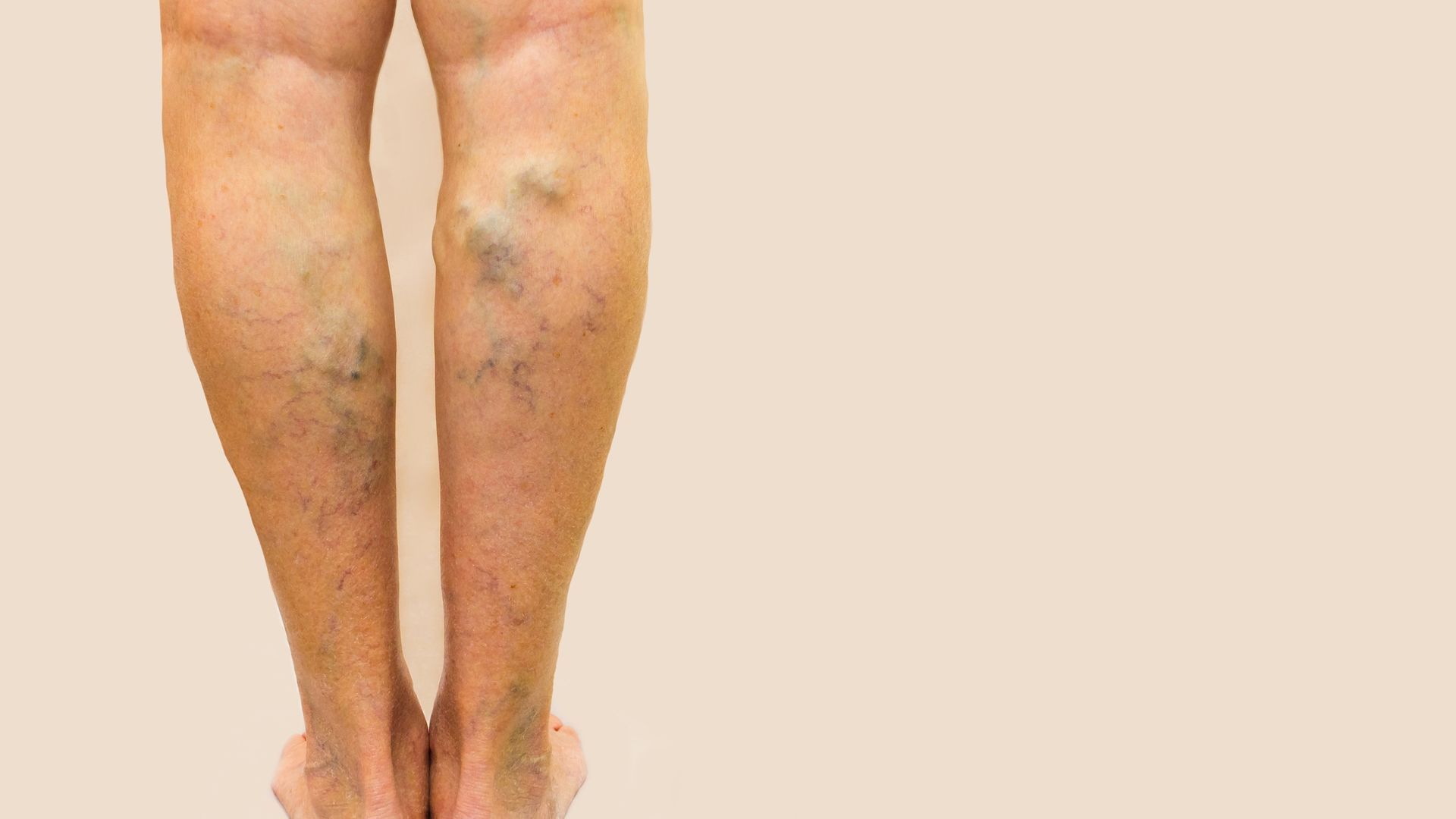
Varicose veins are enlarged, twisted veins that typically appear on the legs. They can range in size from small, superficial veins to larger, bulging veins that are easily visible beneath the skin. Varicose veins often develop due to weakened or damaged valves within the veins, which hinders the normal flow of blood back to the heart. Factors such as genetics, age, gender, and prolonged standing or sitting can contribute to their formation.
Key Characteristics of Varicose Veins:
- Bulging, rope-like appearance.
- Often accompanied by symptoms such as aching, heaviness, or swelling in the legs.
- More common in older adults.
Spider Veins
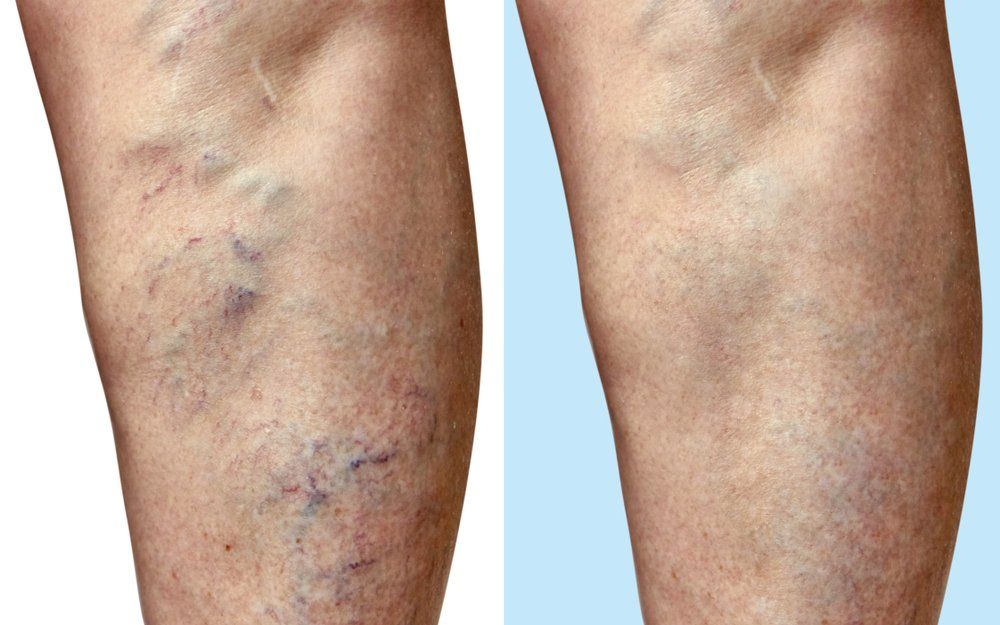
On the other hand, spider veins are smaller, web-like veins that appear close to the surface of the skin. They can be red, blue, or purple and are often considered a cosmetic concern rather than a medical issue. Spider veins usually result from the dilation of small blood vessels and can be influenced by factors such as genetics, sun exposure, hormonal changes, and injuries.
It's important to note that in some cases deeper venous issues below the surface can be feeding spider veins. It's important for people to ask their vein specialist if there is a possibility of an underlying issue that may be causing the presence of spider veins. Many specialists will check for venous reflux using a specialized ultrasound before treating spider veins.
Key Characteristics of Spider Veins:
- Fine, thread-like appearance.
- Typically not associated with physical symptoms.
- More prevalent in women, especially during pregnancy or hormonal changes.
Differentiating Factors: Size, Symptoms, and Severity
The primary differences between varicose and spider veins lie in their size, appearance, and associated symptoms. Varicose veins are generally larger, often causing physical discomfort, while spider veins are smaller and mainly present cosmetic concerns.
It's crucial to note that varicose veins can lead to more serious health issues if left untreated, potentially causing complications such as venous ulcers or blood clots. Seeking professional medical advice is essential for an accurate diagnosis and appropriate management.
Treatment Options: A Tailored Approach
Treatment options for varicose veins and spider veins vary based on factors such as the size, location, and severity of the veins, as well as individual health considerations. While simple lifestyle changes and conservative measures may be recommended for mild cases, there is little evidence to suggest that it's possible to reverse damage to the valves without medical intervention. Treatments such as sclerotherapy, radiofrequency ablation, or other minimally invasive procedures may be suggested for more severe and symptomatic cases.
Understanding the differences between varicose veins and spider veins is the first step toward effective management. If a person is experiencing symptoms or has concerns about the appearance of their veins, consulting with a vascular specialist can provide personalized insights and guidance toward the most suitable treatment options for someone's unique situation. Remember, informed decisions about your vein health can lead to a happier, healthier you!
The information provided in this article is for informational purposes only and should not be considered as medical advice. This content is not intended to be a substitute for professional medical diagnosis, treatment, or guidance. Always seek the advice of your physician or another qualified health provider with any questions you may have regarding a medical condition.
Articles
